I began collecting soaps when I was six years old. At the time, it seemed like the easiest form of fragrance I could get my hands on. Even as I got older and discovered perfumes, my love for industrial scents remained. At one point, I was so fascinated by the idea of delicious fig aromas that I tried to have a floor cleaning detergent shipped halfway across the world!
The fragrant apple didn’t fall far from the tree. After all, I come from a long line of scent enthusiasts. Since I’ve known her, my beloved grandmother used the same laundry detergent, uniquely due to its smell. My mother’s detergent cabinet duly reflects the latest trends in the world of softeners, with a penchant for jasmine. Sometimes we go to drugstores together and compare notes.
In my early 20s, my passion for fragrances was fuelled by the discovery of niche perfumes: expensive, well-composed aromas by smaller, independent brands, supposedly made from higher-quality ingredients. They have been consistently gaining ground in mainstream fragrances because, well, they are not mainstream. They also generally last longer and are very unique and particular. It was while engaging in some niche perfume research that I met a fragrance enthusiast like me – the only time I’ve done so in real life. She was a friendly, red-haired lady in her 70s, wearing little to no makeup (like me) and with seemingly very little sense for fashion (also like me). Our love for perfumes is not a matter of style. Proud of an ethereal know-how, we are following a yearning for something unknown. It’s Sehnsucht at its best.
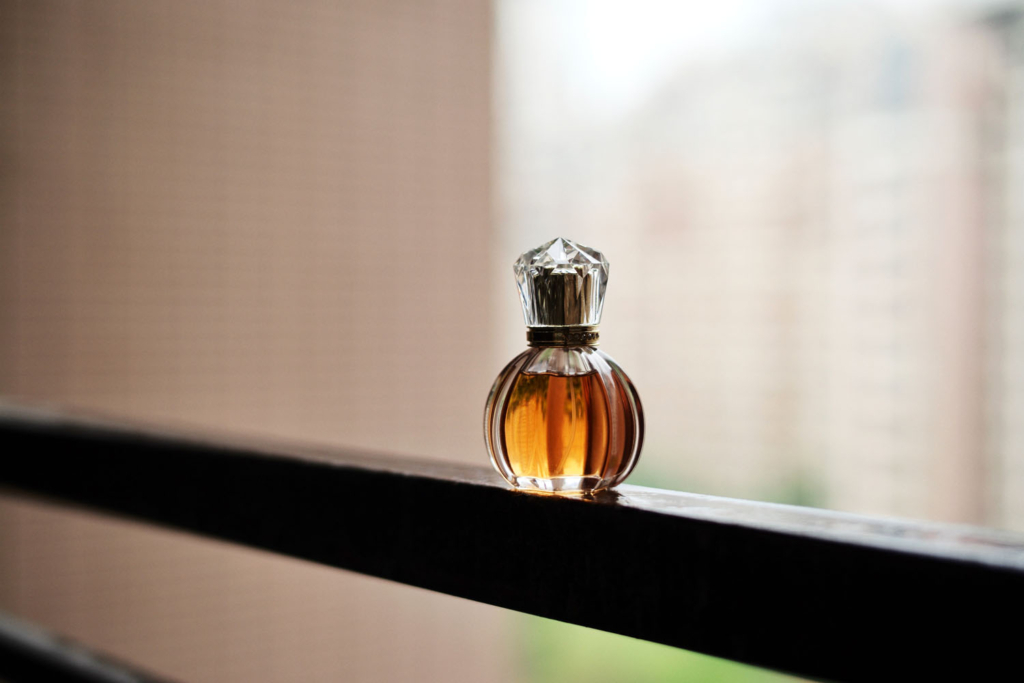
Red-haired older ‘me’ and I were browsing the niche perfume section of a major department store. We exchanged polite smiles and a few words on niche perfumery, all while watching what the other was doing, of course. We kept on sniffing – discretely, mostly without spraying, just by nearing our noses to the bottle caps. Neither of us wanted to attract the overzealous sales assistants by giving them the faintest impression that we were going to buy. In fact, we were only there to enjoy half an hour of pure sensorial bliss.
Mostly, the likes of us hang out in forums like fragrantica.com, where we engage in the art of trying to use words to describe something so very ephemeral. Part of the appeal, of course, lies in deciphering a perfume’s composition, a true mission impossible. Which is why, when I joined my first perfume class on a cloudy winter day, I was very excited and completely unaware of the abysmal facts I was going to uncover. My goal was to find out more about fragrance accords, and discover which high-quality ingredients do niche perfume houses actually use.
Fake It To Make It
When you start diving into the world of perfumes, the first thing you learn is that perfumes consist of three notes: the so-called head (or top), heart and base notes.
What is rarely acknowledged, however, is that most of a scent is made by heart and base notes. As my perfume class teacher explains on the first day of my course, head notes generally make up 15% of a perfume, heart notes 30%, and base notes 55%. This also means that, when creating a perfume, we need to balance out the highly volatile head notes with fitting, grounding base notes, an objective that’s far from easy.
To help with this, our trainer points us towards groups of very similar ingredients, both natural and synthetic, which are used for different purposes. Take, for instance, the aroma of cedar, a popular ingredient in woody scents. To add it to a perfume composition, I could use the essential oil of cedar of Virginia (with the caveat that it’s a head note), or of Atlas cedar, or the synthetic Iso E Super, Vertofix or Methyl Cedryl Ketone. Each of these ingredients will have slightly different notes, and slightly different effects. Which one do I use? I find myself in a vast unknown, unable to perceive subtle differences.
I soon realise the first hard truth of the perfume world: Synthetic ingredients are not just cheap versions of natural ones, as I originally believed. They are essential to the perfume industry as we know it. As my trainer puts it, there are maybe about 200 ingredients of natural origin (in principle they’re limitless, but let’s only consider the most prevalent of them) and 10,000 synthetic ones.
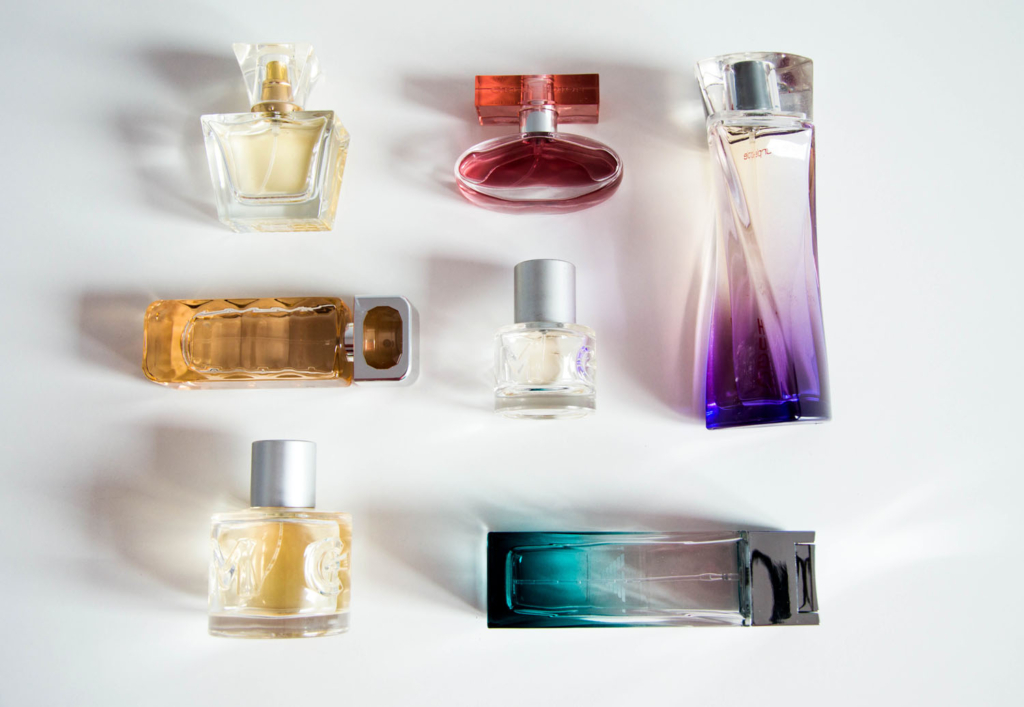
Another important factor to consider, our trainer explains, is that the quality of natural ingredients changes across season, time and place, resulting in different products. I soon have to admit that, given the choice as a perfume maker, synthetic ingredients seem more appealing than their natural counterparts. This fact shocks me. Do I really prefer dihydromyrcenol to lime essential oil?
As if all of this wasn’t complicated enough, some natural scents just can’t be recreated with natural ingredients alone. Jean-Claude Ellena, one of the most famous perfumers in the world and former Head Perfumer of Hermès, famously wrote: “If there is disappointment for perfumers, it must be grapefruit, because, although it has its own essence, this essence smells of oranges. Fortunately, our arsenal includes sufficient artifice to satisfy the enthusiast.” He then proceeds to explain how to “make” grapefruit: sweet orange essence and Rhubofix, aka rhubarb oxirane, an organic chemical.
The Secret Ingredient
Have you ever stopped, nose in the air, trying to identify an ineffable, airy scent of magic? Chances are, you were mesmerised by Iso E Super, a common ingredient of most fragrances. So much so, in fact, that “some perfumes contain more than 50% of it,” our trainer says. There is nothing wrong with it, I repeat to myself. Even Ellena is a big fan.
Discovered in 1973 by scientists studying the scent of violets, Iso E Super has an almost non-existent smell: some people can’t even perceive it. Our trainer says it’s an ingredient that provides fragrances with an “airy” feeling, which I find a very fitting description. Others often notice a “velvet” quality it adds to compositions.
To me, it’s woody, slightly sweet, definitely airy. When I discover it in class, I just cannot believe my nose: I had mostly wanted that. That was it, smelling so ineffably great. Iso E Super. I can’t imagine a more artificial-sounding name.
The second hard truth I would discover is that 1 gramme of Iso E Super costs just a few cents. And it cannot be used pure – it needs to be blended in a carrier, typically alcohol, typically at a 10-90 ratio (90% alcohol, 10% Iso E Super). And while not every ingredient is as cheap as this one – absolutes made through enfleurage can be extremely expensive, and even synthetic ingredients exist in different qualities – perfumes are still very overpriced. Which I would be completely fine with, if most of the earnings went back to the perfumers, these passionate individuals fighting their way through thousands of components, millions of combinations, endeavouring to gift us a feeling, evoke a memory, set us in a particular mood. Unfortunately, that is rarely the case: most of the cost of perfumes is spent on advertising and packaging.
Making My Own Signature Scent
After having learned about the main ingredients of perfumes, as well as analysed and tried to recreate a famous fragrance, we reach the end of the course, in which we are allowed to compose our own perfume. Each of us can choose among 55 ingredients, both natural and synthetic, with fascinating names such as Hedione and Paradisamide, and terribly artificial ones, such as Stemone (the smell of fig leaves, for all fellow fig fans) and Trimofix.
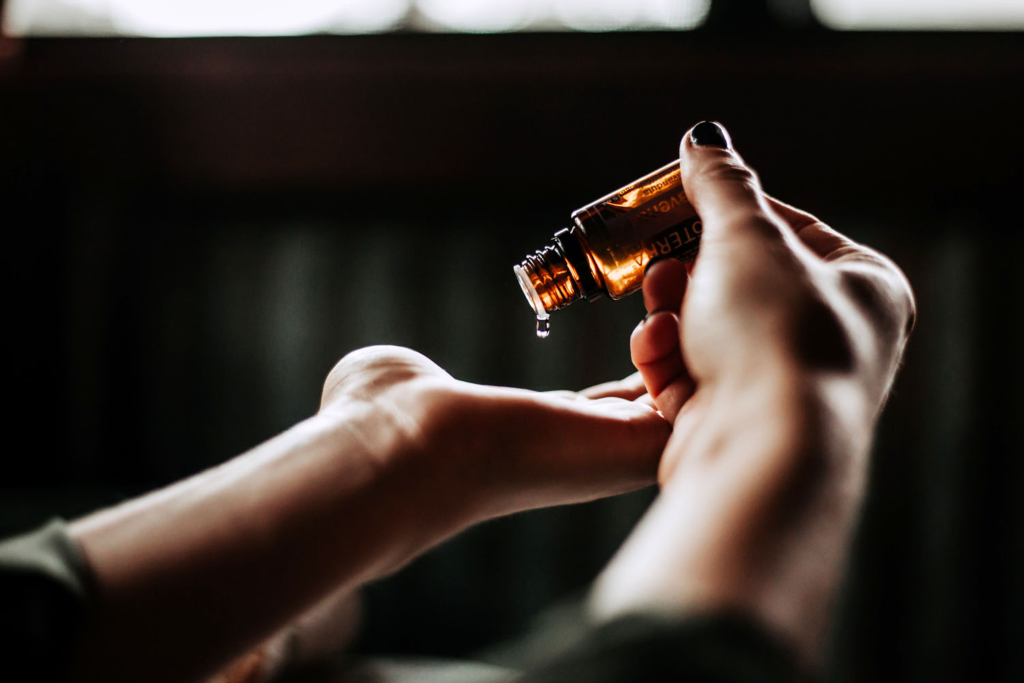
At the beginning, things are relatively straightforward: I tend to pick citrus fruits for the head notes, something I always liked in perfumes. However, when I need to pick heart notes and add floral ingredients, things start to get very complicated. Which floral note goes well with citrus fruits? I am not so sure, and decisions which seem perfectly reasonable do not produce the intended effect.
Relentless, but a little discouraged, I continue, moving to the base notes. A sudden jerk of my wrist makes me add much more sandalwood than I’d intended to, and the delicate balance I tried to achieve is ruined by its intense, sticky aroma. I think about Ellena, and the patience he must have had in trying over and over to achieve the perfect fragrance.
More than anything, I get a glimpse of the extent of what I don’t know. What I do know, however, is that cultivating this hobby might just take me forever. Yet the challenge is so huge, and the potential reward so enticing, that I’ve already signed up for another course. I will simply make my own fragrances from now on. However they turn out, one thing is for sure: they will contain massive amounts of Iso E Super.

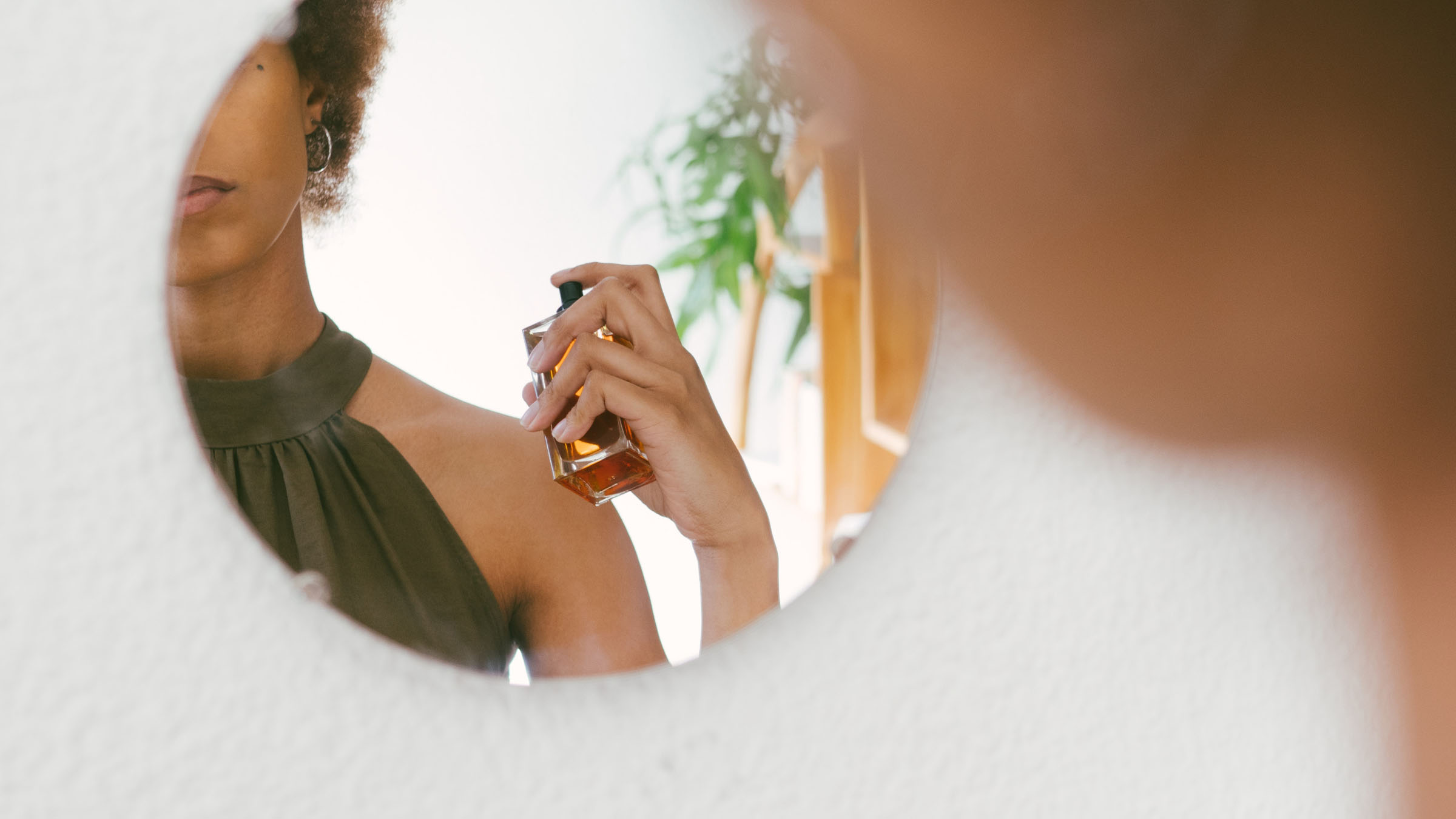

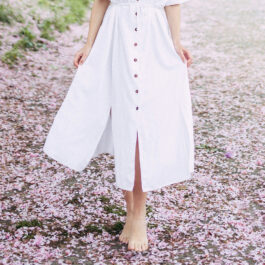

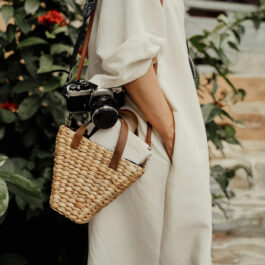



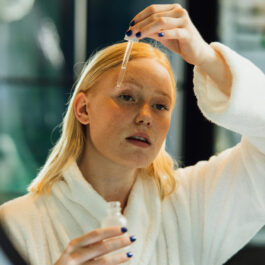


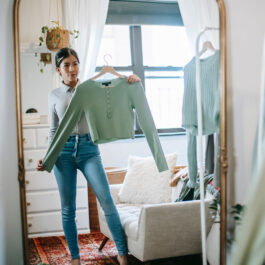

Sorry, the comment form is closed at this time.